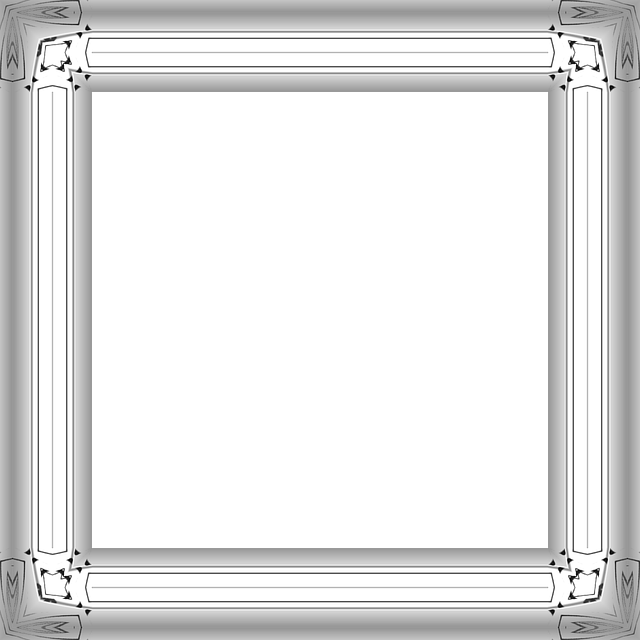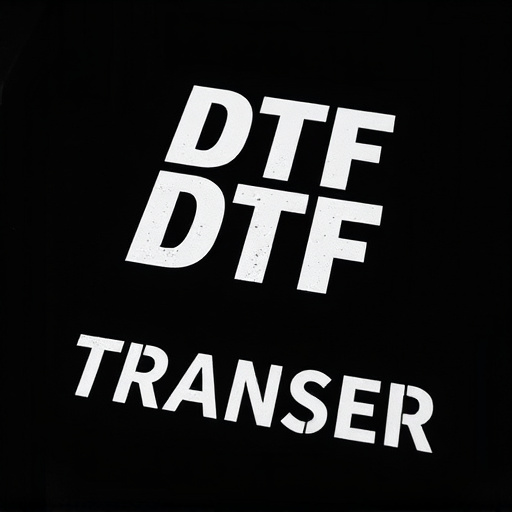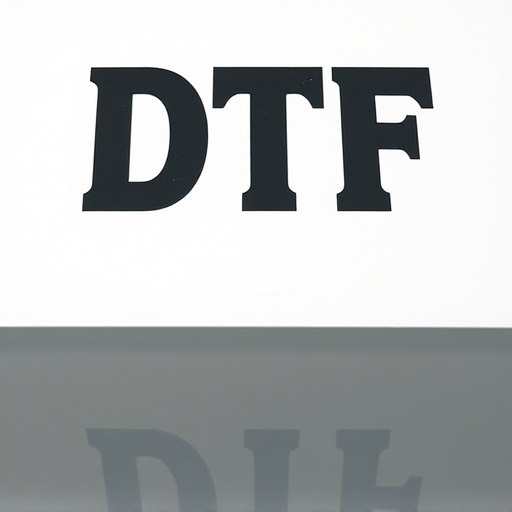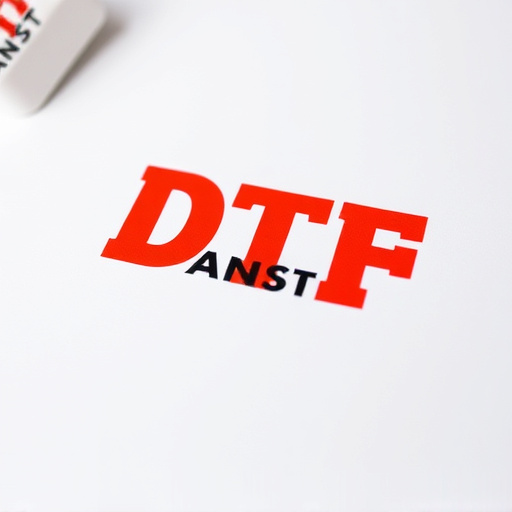Direct to Film (DTF) transfers revolutionize printing with their ability to produce intricate designs and detailed patterns with exceptional precision. The process involves converting digital designs into film negatives that expose a photosensitive material, creating a relief pattern. Hardened areas accept ink while softer portions repel it, resulting in sharp prints suitable for fine lines, logos, and high-definition artwork. DTF is ideal for graphic design, packaging, and custom manufacturing, streamlining production, reducing errors, and ensuring superior consistency in final prints. The right materials, including high-performance inks and specific transfer films, are crucial for achieving high-quality DTF transfers on fabrics or other surfaces.
“Unleash the power of precise line reproduction with DTF Transfers—a game-changing technology in the world of printing. This comprehensive guide, ‘Understanding DTF Transfers,’ explores the advantages and intricacies of DTF for creating detailed designs. From its ability to accurately replicate thin lines to its real-world applications, DTF Printing offers a revolutionary approach. Learn how the process works, discover optimal material choices, and master techniques to enhance precision. Dive into the world of DTF and unlock endless creative possibilities.”
- Understanding DTF Transfers: A Comprehensive Overview
- Advantages of Using DTF for Accurate Line Reproduction
- The Process: How DTF Printing Delivers Detailed Results
- Choosing the Right Materials for Optimal DTF Prints
- Techniques to Enhance the Precision of Your DTF Transfer
- Real-World Applications: Where DTF Transfers Shine
Understanding DTF Transfers: A Comprehensive Overview

DTF (Direct to Film) Transfers have emerged as a game-changer in the realm of printing, particularly for reproducing intricate designs and detailed patterns. This technology involves creating a film negative that precisely matches the desired print, allowing for accurate and high-quality replication on various surfaces. DTF Printing offers exceptional precision when it comes to thin lines and tiny details, making it a preferred method for artists, designers, and manufacturers who demand exceptional clarity in their prints.
The process begins with a digital design that is converted into a film negative, which is then used to expose a photosensitive material. This material hardens in response to the light passed through the negative, creating a relief pattern that mirrors the original design. The hardened areas accept ink while the softer portions repel it, resulting in a positive print when transferred to a substrate. DTF Transfers excel in reproducing fine lines and details as the exposure process allows for minimal ink transfer, ensuring sharp and precise prints. This method is particularly valuable for creating intricate patterns, logos, or artwork that requires exceptional definition and accuracy.
Advantages of Using DTF for Accurate Line Reproduction
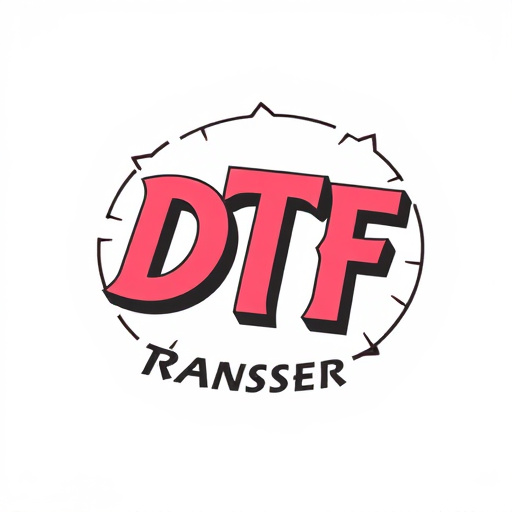
Using DTF (Direct to Film) transfer for line reproduction offers several advantages in the printing industry. This technology has revolutionized the way intricate details and thin lines are captured and printed, setting a new standard for accuracy and precision. DTF transfers allow for direct imaging onto film, ensuring that even the most subtle line weights and patterns can be faithfully replicated.
With DTF Printing, prints retain exceptional sharpness and definition, making it ideal for applications requiring meticulous detail work. This method eliminates the need for traditional plates, streamlining the production process and reducing potential errors introduced during plate preparation. As a result, DTF prints boast superior consistency, making them a top choice for industries where accurate line reproduction is non-negotiable, such as in graphic design, packaging, and custom manufacturing.
The Process: How DTF Printing Delivers Detailed Results

The process of DTF (Direct to Film) printing is a cutting-edge technique that revolutionizes the way detailed transfers are created. Unlike traditional methods, DTF Printing directly applies ink to a clear film, enabling precise reproduction of fine lines and intricate designs. This innovative approach ensures that every minute detail, no matter how subtle, is captured accurately on the final print.
By utilizing specialized equipment, DTF Transfer allows for high-resolution imaging, resulting in crisp lines and accurate color representation. The film is then carefully applied to various surfaces, offering a versatile solution for customizing items with intricate patterns or precise artwork. This method has gained popularity due to its ability to deliver professional-grade results, making it a go-to choice for those seeking superior DTF prints.
Choosing the Right Materials for Optimal DTF Prints
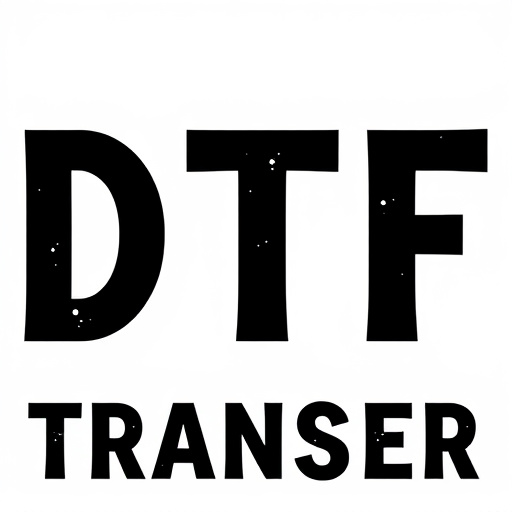
Selecting the appropriate materials is a key step in achieving precise and high-quality DTF (Direct to Fabric) Transfers. The right choice ensures optimal results during the printing process, especially when focusing on rendering thin lines and intricate details accurately. High-performance inks designed specifically for DTF Printing are essential; these inks are formulated to offer excellent adhesion, vibrant colors, and fine line reproduction.
When it comes to the transfer medium, using a flexible, high-quality film guarantees that the design’s delicate lines remain intact during application. This thin, yet robust film ensures minimal disruption to the fabric below, allowing for precise detail preservation. Additionally, choosing the correct fabric type is vital; smooth, tight-weave fabrics like polyester or cotton provide the best surface for DTF Transfers, enabling ink to adhere evenly and reproduce fine details accurately.
Techniques to Enhance the Precision of Your DTF Transfer
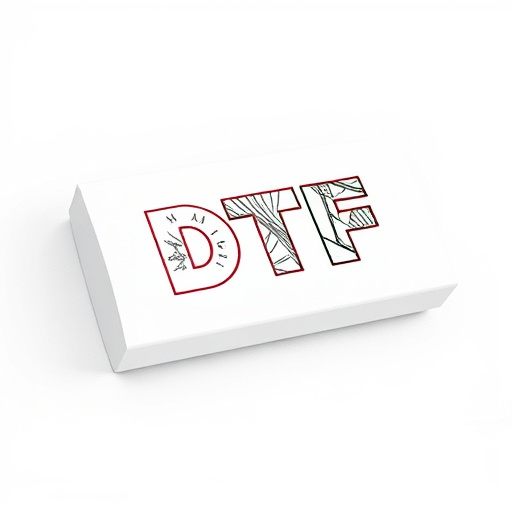
To achieve exceptional precision in your DTF (Direct to Fabric) transfers, consider implementing advanced techniques that enhance detail reproduction. One effective method is to utilize high-resolution design files with clean line work and fine details. This ensures that the intricate elements of your design are accurately translated onto the fabric during the printing process. Using vector graphics, such as SVG or EPS files, allows for crisp lines and smooth curves, minimizing jagged edges or pixelation that can affect detail clarity.
Additionally, optimizing your DTF settings is crucial. Adjusting parameters like print resolution, ink density, and exposure time can significantly impact the final quality of your prints. Experimenting with different combinations will help you find the ideal settings for your specific fabric type and design complexity. Remember to pre-test your setups on scrap material to ensure the desired outcomes before applying these precise techniques to your final DTF printing projects, resulting in stunning, detailed DTF prints.
Real-World Applications: Where DTF Transfers Shine
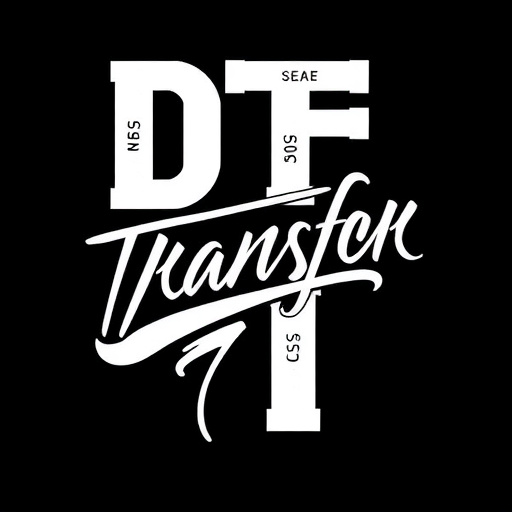
In various industries, the DTF Transfer stands out as a game-changer when it comes to achieving precise and intricate designs. Its real-world applications are vast and ever-growing. For example, in the textile industry, DTF Printing allows for the creation of vibrant, detailed patterns on fabrics, enabling designers to bring their creative visions to life with remarkable accuracy. This is especially beneficial for small-batch production or custom orders where unique, personalized designs are in demand.
Moreover, DTF Transfers find use in signmaking and graphic arts. When producing signs, banners, or promotional materials, the ability to reproduce thin lines and fine details with precision is crucial. DTF Printing ensures that logos, text, and artistic elements appear crisp and legible, even when shrunk or viewed from a distance. This technology has revolutionized how businesses create and share their branding, offering both efficiency and exceptional visual quality.


